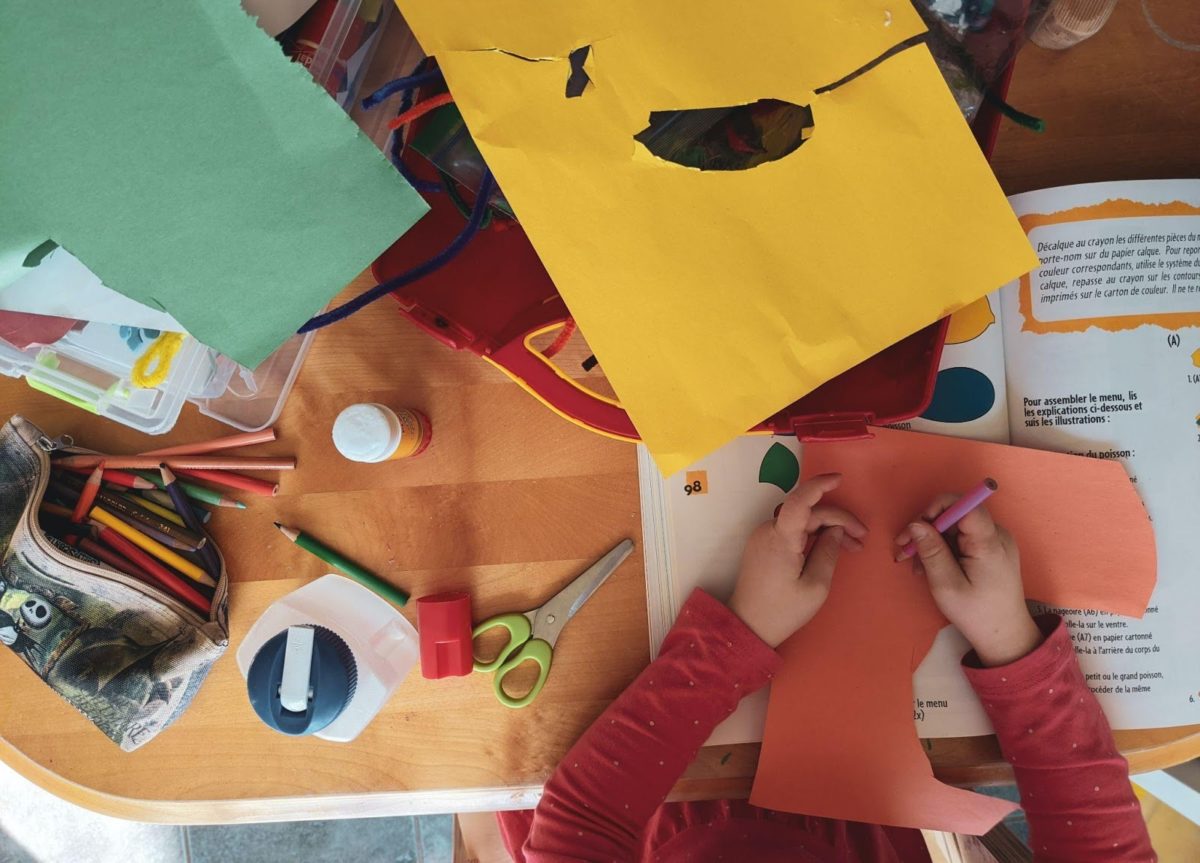4 Fun Science Experiments For Kids This Summer
When summer is out, kids get bored, and parents rush to find fun activities to keep them engaged. This summer, make them learn more about science with fun science experiments.
Science experiments help the children understand better the laws of nature and how the earth works. They are entertaining and use only household materials.
Let your children learn about physics, chemistry, and nature with these five stimulating science activities to do this summer.
- Homemade Glue
This fun chemistry experiment will teach kids about polymers.
The glue consists of polymers which are large molecules that consist of repeated chemical unit patterns. Though the kids might now polymers from glue and slime, with this experiment, they will learn that polymers are natural compounds found even in our DNA.
In this experiment, kids will learn how to make glue from milk.
All you need for this experiment are:
- A tall glass
- Non-fat milk
- White vinegar
- Paper towels
How to do it?
In the glass, add seven tablespoons of non-fat milk (the less fat the milk has, the better the experiment). Add one tablespoon of white vinegar to the mixture and allow the reaction to happen. You will see solids start to form. As the solids reach the bottom of the glass, use the paper towels to remove excess liquid.
- Create a light prism
Teach your kids the colors of lights with this fun and easy experiment.
The human eye sees the light as white. However, the light includes seven colors: red, orange, yellow, green, blue, indigo, and violet. With a prism, you can bend the light and see the spectrum of colors.
For this experiment, you need:
- A chair
- A glass
- Watter
- Flashlight
- Two sheets of white paper
How to do it?
Fill the glass with water a little over half and place it at the edge of the chair. Almost half of the bottom of the glass needs to face the ground. You may need to hold the glass.
On the ground, place the white papers. Now, point the flashlight to the glass, looking down on the paper. You need to hold it near water while the flashlight is near the outside of the glass. On the white paper, you will start seeing patterns of rainbows.
- Mushroom spore art
If you have a kid that loves art, this science experiment will spark curiosity.
Use mushrooms to teach your kids the beautiful patterns that occur in nature. The mushroom spores that carry mushroom seeds are blown away by the wind. But in this experiment, you will prevent that, leaving the spores to create a beautiful print.
For this experiment, you need:
- Fresh mushrooms
- Knife
- Bowl
- Dark-colored cardstock
- Hairspray
How to do it?
Carefully cut the mushroom stem without damaging the mushroom’s structure. In the dark-colored cardstock, gently place the mushrooms upside down. On top of the mushrooms, place the bowl. The bowl will prevent the wind from blowing away the spores.
Leave it overnight, and then with care, remove the mushrooms from the cardstock. The pattern that emerges is the spores that fell. Spray it with hairspray to make the artwork last longer.
- Create a wormery
If you have a child who is curious about nature, this experiment will keep them engaged during this summer.
Worms help the ground stay fertile. They do so by tunneling through the soil and breaking down the nutrients in the soil. So tiny but powerful for the ecosystem.
In this experiment, you need:
- five worms (more or less)
- 2L empty plastic bottle
- Scissors
- Water
- Leaves
- Garden soil, soft soil, compost, and sand
- Cardboard
How to do it?
Get the worms from a bait shop or dig them in your garden. Use the scissors to cut the top (the neck part) of the soda bottle. Fill the bottle with layers of different soils. The experiment works better if you include as many soils as you can find. Use water to get the soil moist, not wet. On the top, place the leaves and then worms. Cover the wormery with cardboard.
In the days that follow, let the kids monitor the worms tunneling the bottle. Journal their progress and see how fast they mix the layers of soil. When done with the experiment, discard the worms in a soil area.
Takeaway
Get your children entertained this summer by engaging them with science. They will learn new things all while having fun with these safe, easy-to-make activities.

